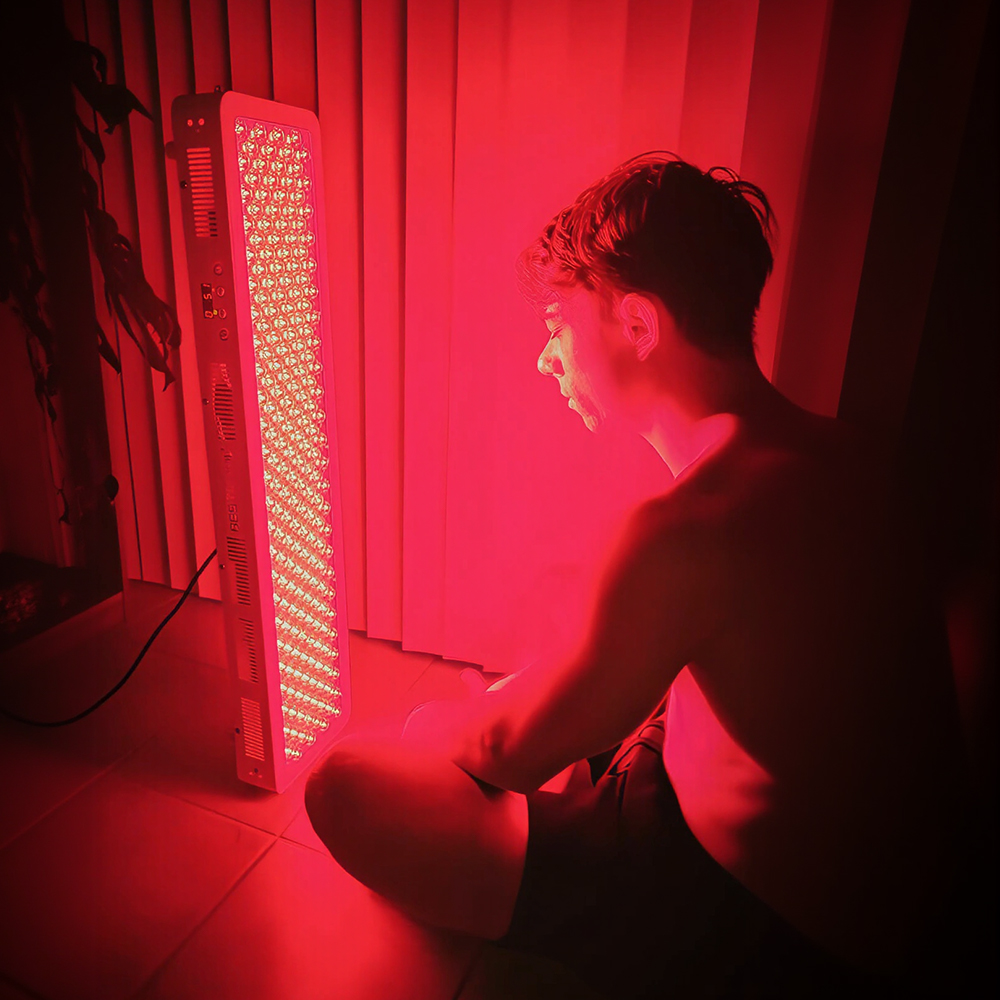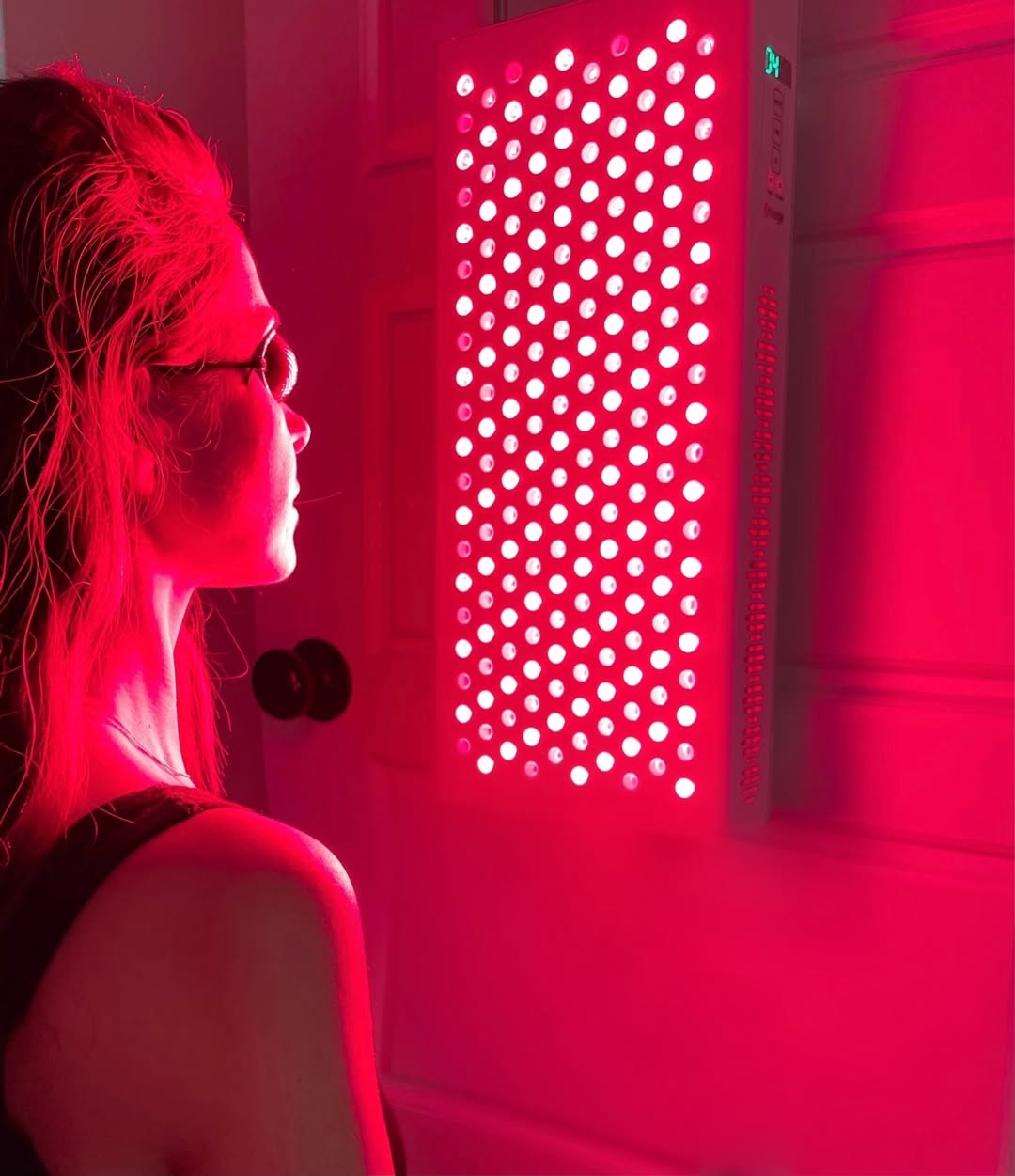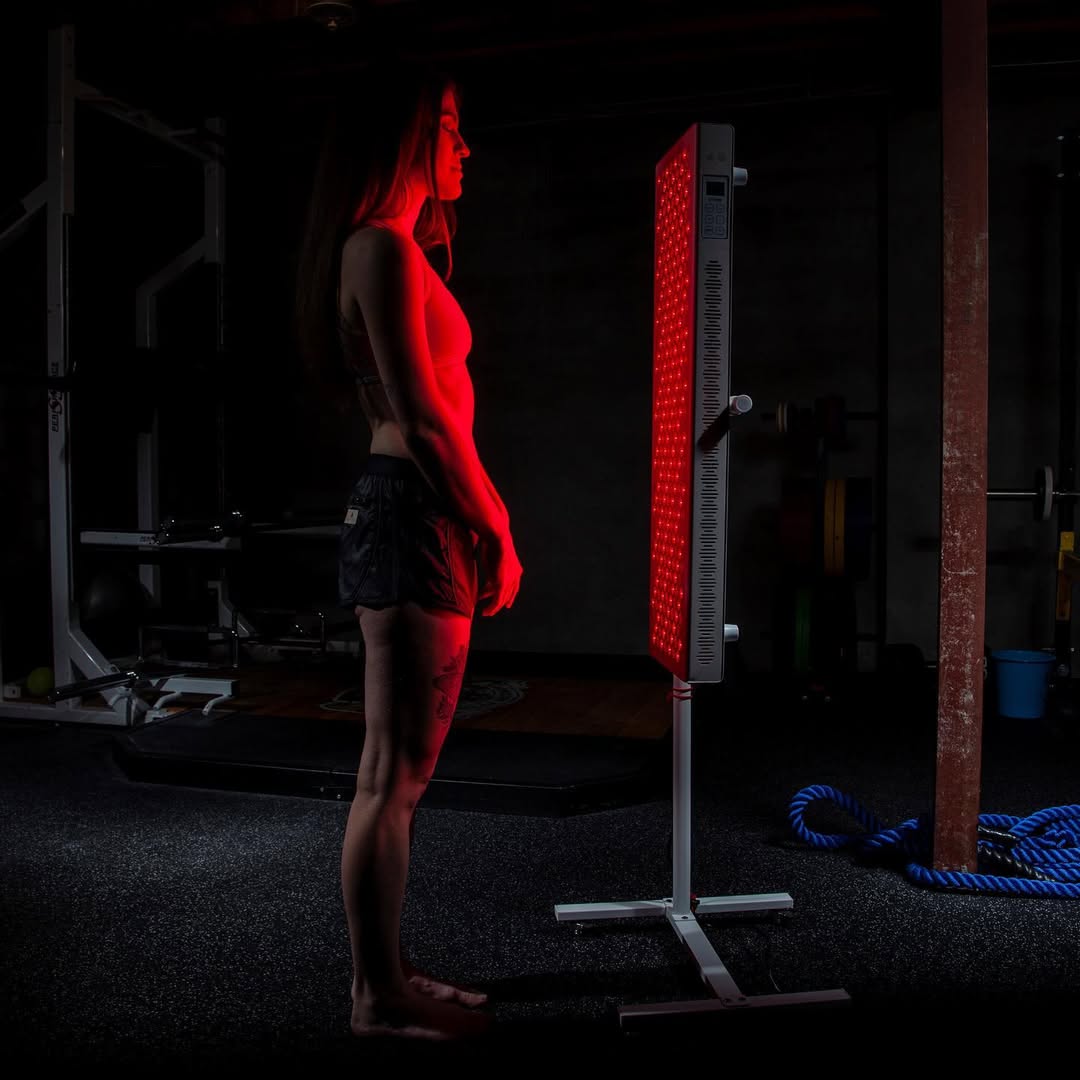![]() Free Shipping
Free Shipping ![]() Buy Now, Pay Later
Buy Now, Pay Later ![]() Eligible
Eligible
Red Light Therapy for Migraines 101: Why The Research Is Super Promising!

A New Hope for Migraine Sufferers
If you’ve ever experienced a migraine, you know it’s more than just a headache. The throbbing pain, nausea, light sensitivity, and aura can be debilitating, leaving you desperate for relief. Traditional treatments—painkillers, triptans, and even Botox injections—help some people but come with side effects and don’t work for everyone.
Enter red light therapy (RLT), a non-invasive, drug-free treatment that’s gaining traction in the migraine community. Emerging research suggests that red and near-infrared light can reduce migraine frequency, intensity, and even prevent attacks.
But does it really work? And if so, how?
In this deep dive, we’ll explore:
- What red light therapy is and how it works
- The science behind RLT for migraines
- Clinical studies supporting its effectiveness
- How to use it for migraine relief
- Potential side effects and safety considerations
By the end, you’ll understand why researchers are so excited—and whether this could be the solution you’ve been waiting for.
What Is Red Light Therapy?
The Basics of RLT
Red light therapy (also called photobiomodulation) involves exposing the body to low-wavelength red or near-infrared (NIR) light. Unlike UV rays, these wavelengths don’t damage the skin—instead, they penetrate tissue to stimulate cellular repair and reduce inflammation.
How Does It Work?
When red or NIR light hits your cells, it boosts mitochondrial function—the powerhouse of your cells. This leads to:
- Increased ATP (energy) production
- Reduced oxidative stress
- Enhanced blood flow
- Decreased inflammation
These effects make RLT a powerful tool for healing, pain relief, and even cognitive function.
Common Uses of RLT
Originally developed for wound healing and NASA astronauts, RLT is now used for:
- Skin rejuvenation (acne, wrinkles)
- Muscle recovery
- Joint pain (arthritis, tendonitis)
- Neurological conditions (depression, traumatic brain injury)
- Migraines and chronic headaches
The Science Behind RLT for Migraines
Why Migraines Happen
Migraines are a complex neurological disorder involving:
- Blood vessel dilation in the brain
- Neuroinflammation
- Abnormal electrical activity (cortical spreading depression)
- Mitochondrial dysfunction (impaired energy production in brain cells)
Since RLT improves mitochondrial function and reduces inflammation, it makes sense that it could help.
Key Research Findings
Several studies suggest RLT can reduce migraine frequency and severity:
- 2017 Study (Harvard & MIT Researchers)
- Found that near-infrared light applied to the head reduced migraine pain by 50% or more in chronic sufferers.
- Participants also reported fewer attacks per month.
- 2020 Clinical Trial (Journal of Pain Research)
- Patients using red light helmets experienced 70% fewer migraines after 10 weeks.
- Pain intensity dropped significantly compared to placebo.
- Animal Studies (Neurological Effects)
- RLT reduced neuroinflammation and protected brain cells in migraine models.
How RLT Stops Migraines
- Reduces inflammation in trigeminal nerve pathways
- Improves blood flow to the brain
- Stabilizes mitochondrial function (preventing energy crashes that trigger migraines)
- Modulates pain signals in the brain
How to Use RLT for Migraine Relief
Best Devices for Migraines
Not all red light devices are equal. For migraines, you’ll want:
- Wavelengths: 600-850 nm (red and NIR)
- Power density: At least 50-100 mW/cm² for deep penetration
- Device types:
- Wearable helmets (for targeted brain exposure)
- Panels (for full-body inflammation reduction)
- Handheld devices (for spot treatment)
Treatment Protocol
- Frequency: 3-5 sessions per week (10-20 minutes each)
- Location: Forehead, temples, back of the neck
- Duration: Most studies show benefits after 4-12 weeks
Combining RLT with Other Therapies
For best results, pair RLT with:
- Magnesium supplements (supports mitochondrial health)
- Hydration & electrolytes (prevents dehydration triggers)
- Caffeine moderation (can trigger or help migraines)
Safety, Side Effects, and Who Should Avoid RLT
Is RLT Safe?
Yes—RLT is FDA-cleared for pain relief and has minimal risks when used correctly.
Possible Side Effects
- Mild headache (if overused)
- Eye strain (always protect eyes with goggles)
- Skin redness (rare, usually temporary)
Who Should Avoid RLT?
- People with photosensitivity disorders
- Those taking light-sensitive medications (check with a doctor)
- Pregnant women (limited research, so caution advised)
Real-Life Success Stories
Case Study 1: Chronic Migraine Sufferer Sees 80% Reduction
Sarah, 34, had 15+ migraines per month. After using a red light helmet for 8 weeks, she dropped to 3 migraines per month—and the pain was milder.
Case Study 2: Cluster Headache Patient Finds Relief
John, 42, suffered from cluster headaches (often called “suicide headaches”). With daily RLT, his attack frequency decreased by 60%.
Conclusion: Should You Try RLT for Migraines?
The research is promising, and the risks are low. If you’re tired of medications with side effects, red light therapy could be a game-changer.
Final Tips Before Starting:
- Choose a high-quality device (look for medical-grade brands)
- Be consistent (results take weeks, not days)
- Track your progress (keep a migraine journal)
Could RLT be your key to a migraine-free life? The science says it’s worth a try.







